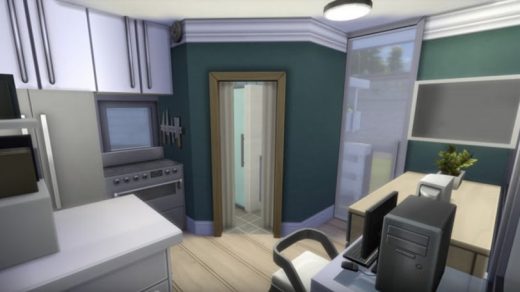Meet the designers who make a living building tiny houses on The Sims
Five years ago, a young Australian graphic design student was studying abroad in Italy when she got a stomach bug. Bored and in bed, she began searching for game-play videos of her favorite game, The Sims–a virtual world where people control the lives of animated characters–since she was too sick to play herself. To her surprise, she discovered an entire community on YouTube devoted to building elaborate houses in The Sims.
Back at home in Australia, she began uploading her own builds, as they’re called, to YouTube under the name Deligracy (she goes by her username, for privacy). Today, she has 810,000 subscribers and even sells merchandise, like sweatshirts, mugs, and phone cases.
Deligracy’s channel has become so popular that she quit her job as a junior graphic designer because she was making more money from YouTube. Some of her most popular videos, which get tens of thousands of views, aren’t of the most elaborate houses Deligracy can dream up: Instead, her audience is obsessed with tiny homes.
In the last few years, the tiny home craze that has gripped the real world has also emerged in the virtual universe of The Sims. Why? “Generally in the design world, and globally, people are starting to look at tiny homes as an alternative, and it’s fascinating to see how people utilize a small amount of space to fit their whole lifestyle,” Deligracy says.
That same interest has translated over to The Sims, in part because building such a small house that can fit all the basics–and that Sims characters can still use–is a difficult proposition in virtual space, too. It’s also appropriate given that The Sims originally began as an architecture simulator, with the Sims themselves existing only to test out how well a house functioned.
For James Turner, another Australian who runs a popular channel called The Sim Supply, with 1.1 million subscribers, building tiny homes is an ideal challenge. “I love making them, it’s like trying to put a puzzle together,” he tells Fast Company via email. “I know what I want it to look like, and what tiny space it has to fit within, but it’s a matter of getting the game to actually work the way I want to and have everything be functional for game play.”
One of Turner’s early tiny house videos, in which he designs a fully functional Sims house with kitchen, bathroom, bed, and dresser that can fit within a four-by-four square (a square is the standard building unit in the game), has 4.7 million views. Players can also download the house to play with themselves. “Out of all of the house builds on my channel, [tiny house builds] typically rank among the most popular, sometimes outperforming lavish mansion builds!” Turner tells Fast Company via email.
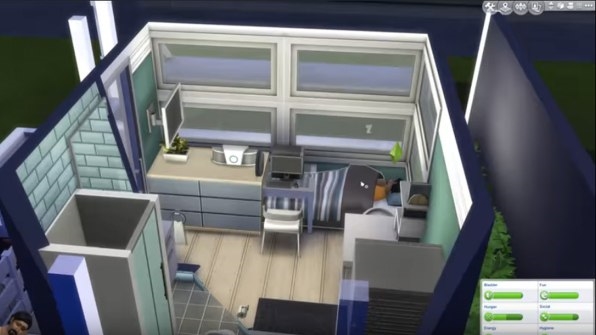
While many of the commenters on Deligracy’s and Turner’s videos compliment their design skills, some also lament how living in tiny spaces has become a reality for many people, especially those in urban areas. In response to Turner’s four-by-four tiny house video, one person wrote, “In Hong Kong, we spent our whole life to buy a flat with this size. Honestly, this video may entertain you guys but makes me cry.”
As housing costs continue to rise and space becomes the ultimate luxury, governments, companies, and nonprofits in the real world have looked to tiny homes as the answer to homelessness, to disaster relief, to income inequality, to the refugee crisis, and to overcrowded cities.
That’s in part because home ownership is a dream that’s far away for many millennials: According to the Urban Institute, fewer millennials are buying homes compared to previous generations, and those that do, buy later. Based on U.S. Census data, millennial Americans are half as likely to own a home as a young adult in 1975. One major reason? Piles of student debt, 300% more than millennials’ parents, and a need to live in more expensive urban areas, which have the best job opportunities.
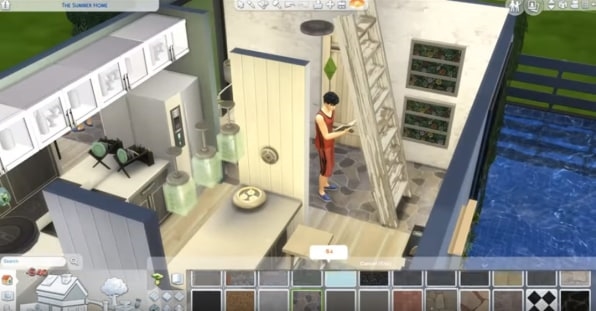
Deligracy says she thinks so many people are fascinated with tiny homes because they provide an alternative way to think about owning a home–especially when a more traditional house might be out of reach financially.
“In Australia, the real estate market is so hard to get into, as compared to when my parents got their first home,” Deligracy says. “[Tiny homes are] a more affordable way to live.”
Watching YouTubers like Deligracy build tiny homes is a way for viewers to engage in a new vision of homeownership, one they themselves might be considering in the real world, without any cost. Faced with economic strain in their real lives, Deligracy’s viewers might be dreaming of owning an IRL tiny home that’s just as beautiful as her impeccably designed, digital ones.
Over the weekend, Deligracy completed an eco-friendly tiny farmhouse, including a tiny plunge pool and a large outdoor space. Within just a few days, the 24-minute video already has more than 100,000 views. As she manipulated walls and moved around faux furniture, Deligracy asked her followers to comment if they lived in a tiny home themselves. Quite a few did, including one who lives in a tiny house on wheels and another who lives on a “tiny home ranch.” One woman commented: “I live in a studio apartment, which is basically a tiny home.”
Perhaps tiny home builds like this one are so popular because they tap into a financially realistic version of a universal dream: of owning a house, no matter how tiny it is.
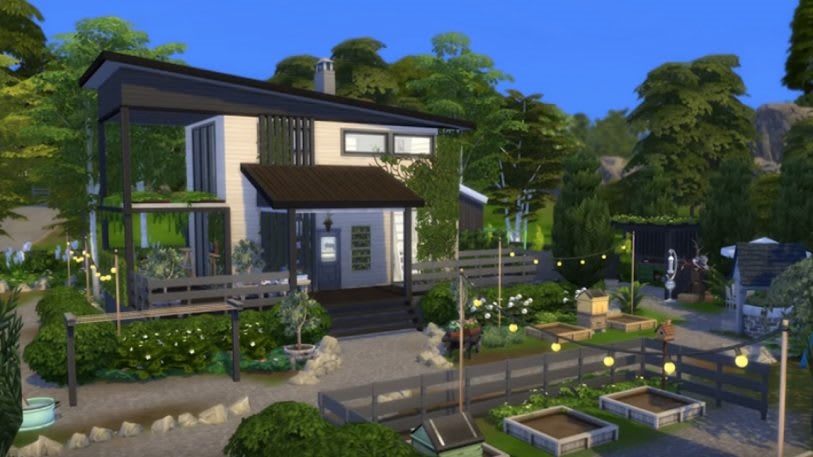
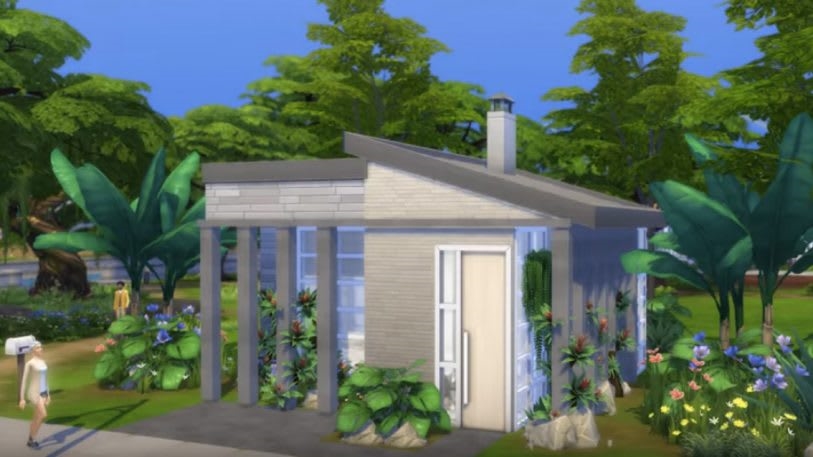
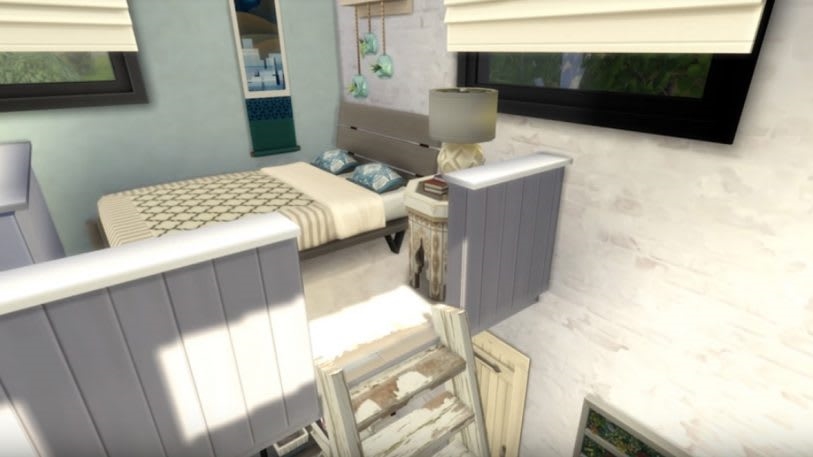
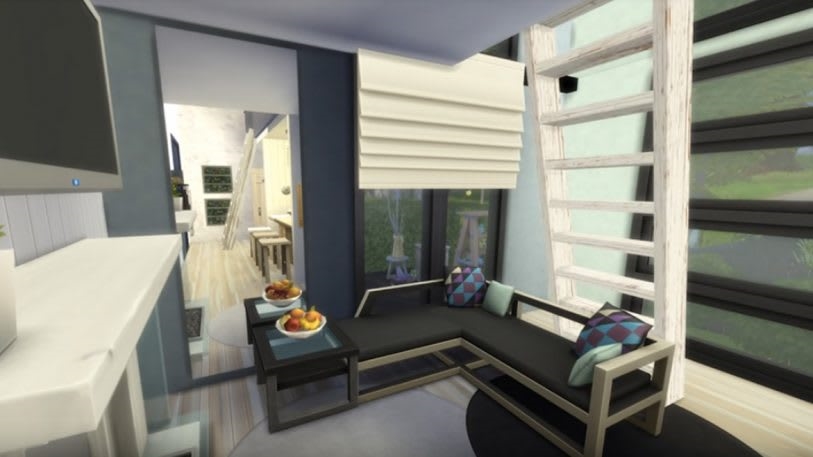
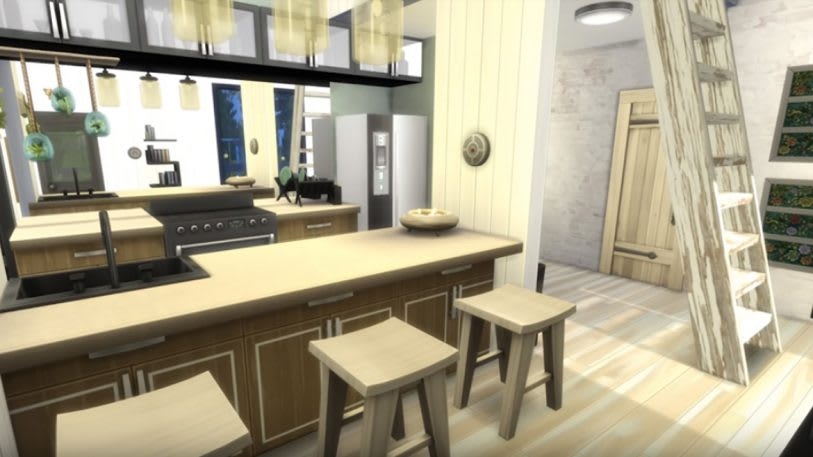
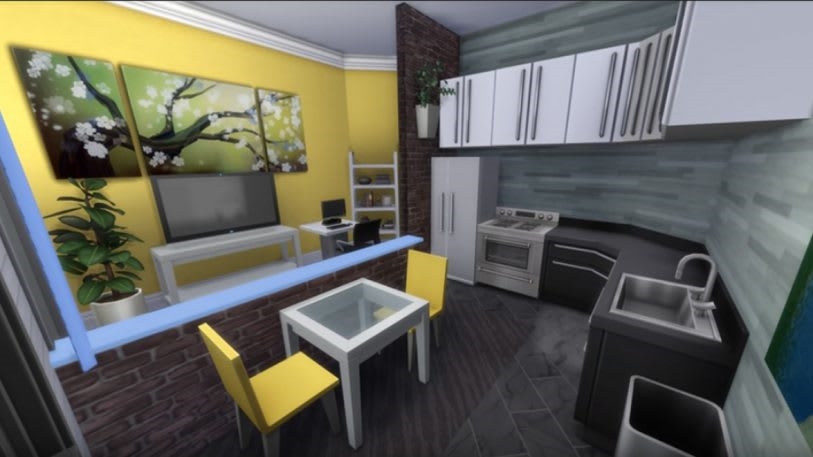
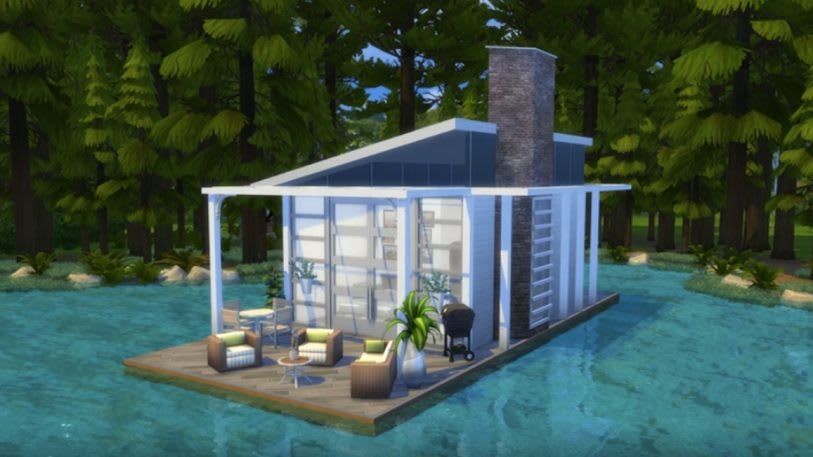
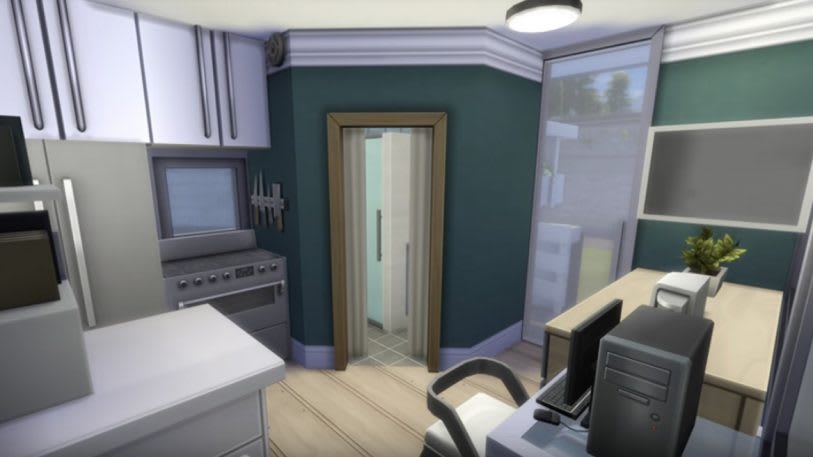
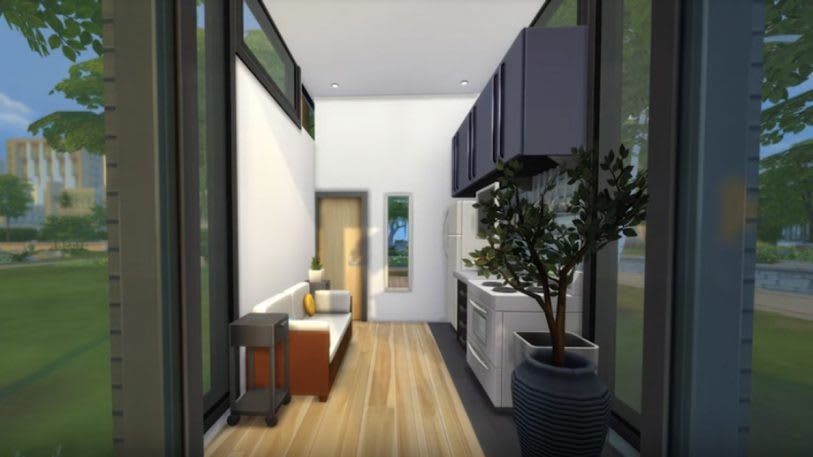
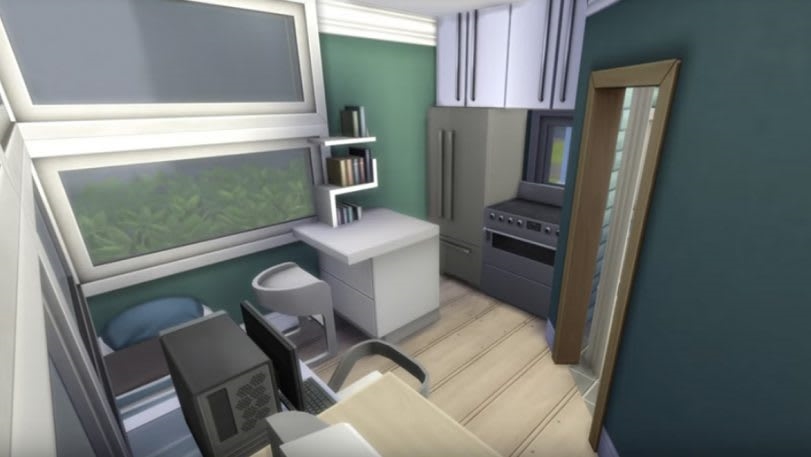
Fast Company , Read Full Story
(56)

